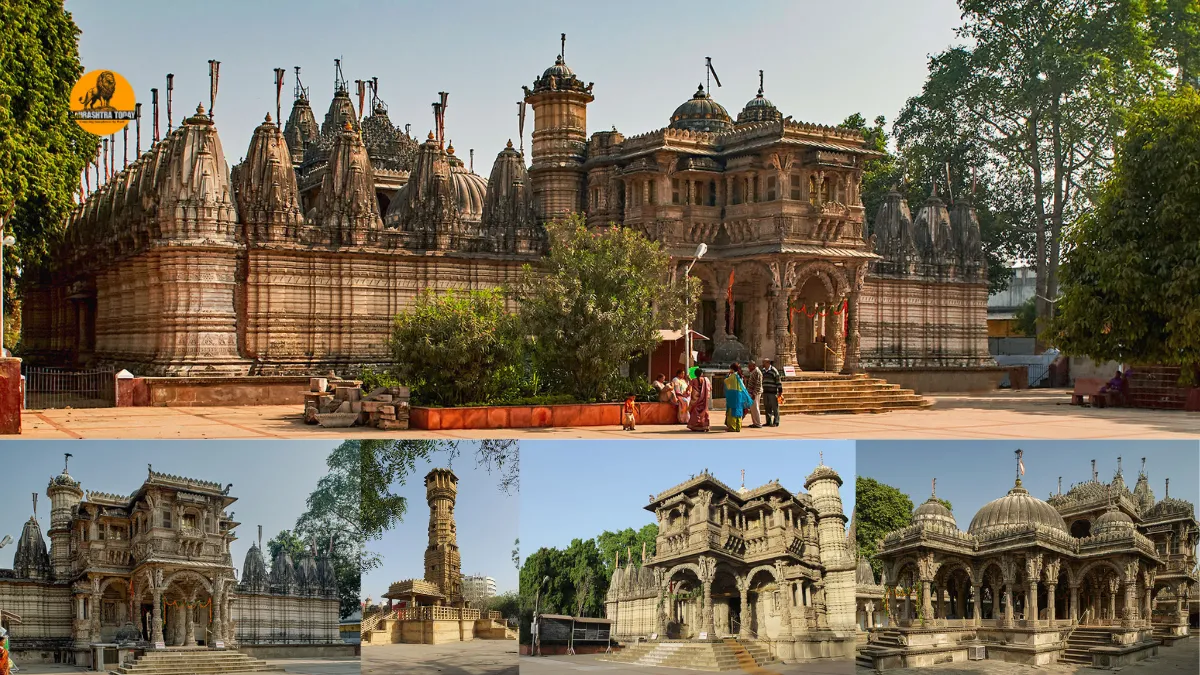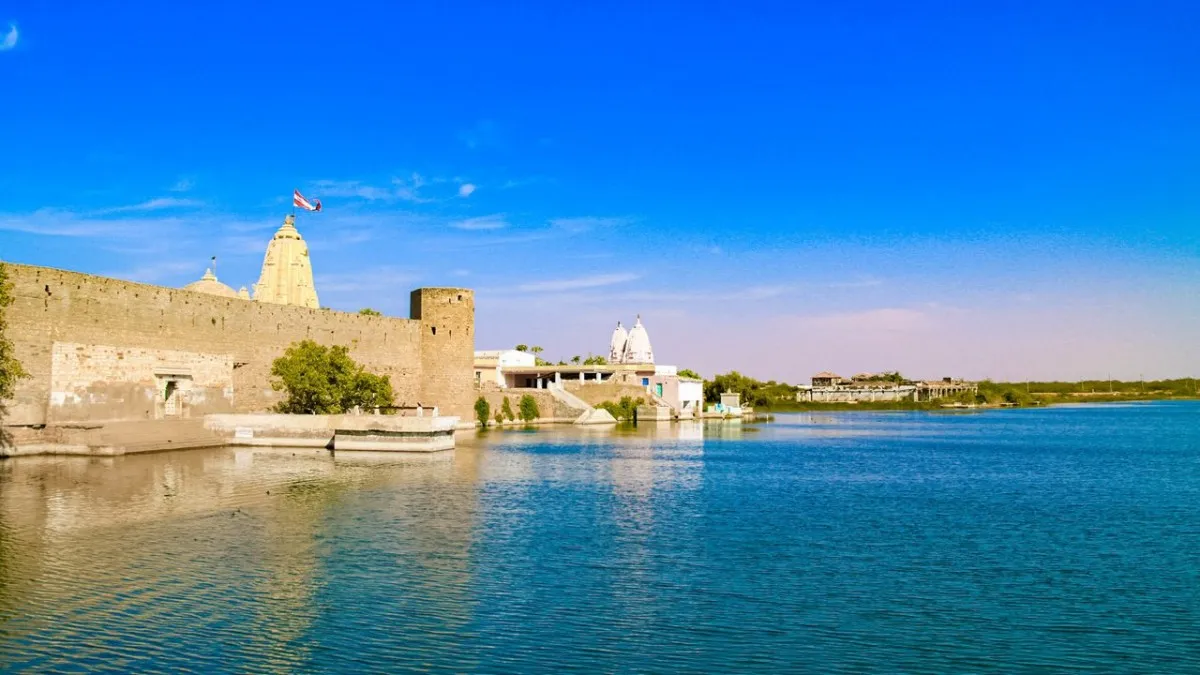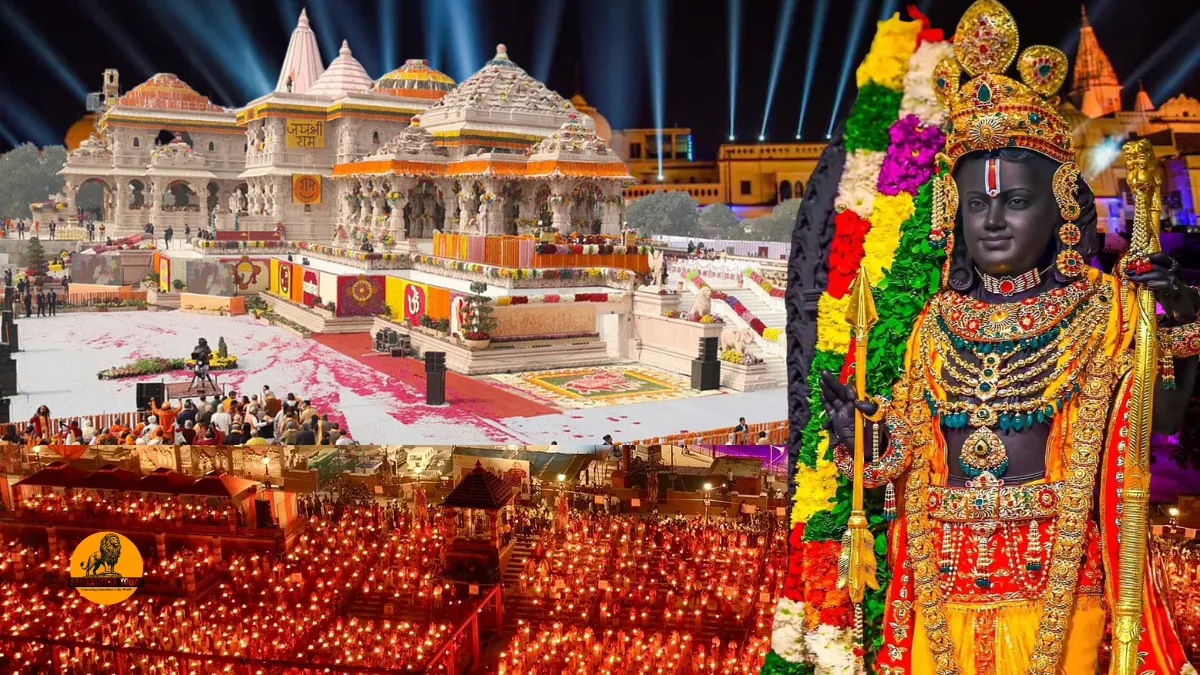Hutheesing Jain Temple stands as a remarkable testament to Jain architecture and devotion, drawing visitors from across India and the world. This elegant temple, crafted entirely from pristine white marble, has been a sacred site for generations of Jain families. Built in 1848 A.D., it represents the vision and dedication of a wealthy merchant, Sheth Hutheesing, who commissioned the temple as a tribute to the 15th Jain Tirthankara, Shri Dharmanatha. The estimated cost of construction at that time was a staggering 10 lakh rupees, reflecting the grandeur and scale of the project.
The architectural mastery of Hutheesing Jain Temple owes much to traditional artisans from the Sonpura and Salat communities. The Salat community, renowned for its contributions to Indian architecture, has historically created masterpieces ranging from forts and palaces to exquisite temples. Premchand Salat, one of the most celebrated architects of the time, is credited with overseeing the construction of this temple. One scholar aptly noted, “Each part goes on increasing in dignity as we approach the sanctuary. Whether looked at from its courts or from the outside, it possesses variety without confusion and appropriateness of every part to the purpose for which it was intended.”
Architectural Grandeur of Hutheesing Jain Temple
Situated just outside the historic Delhi Gate of Ahmedabad, Hutheesing Jain Temple is set within a sprawling courtyard that invites visitors to explore its serene and intricate spaces. The temple features a large mandapa topped with a ridged dome, supported by twelve exquisitely carved pillars. The central garbhagruh (main shrine) rises gracefully on the eastern side, culminating in three beautifully detailed spires. Surrounding this main shrine are 52 smaller shrines dedicated to various Tirthankars, creating a harmonious and visually stunning ensemble.
The temple’s exterior is equally captivating. Large porches with ornately decorated columns and figural brackets adorn three sides of the structure. Recently, a 78-foot Mahavir stambha (tower) was added near the main entrance of the courtyard, inspired by the renowned tower at Chittor in Rajasthan. The motifs used in the temple’s design are reminiscent of the Sultanate minarets of the Mughal period, blending historical influences with the distinct Jain architectural style.
Visitors often find themselves marveling at the attention to detail in every aspect of the temple. From the intricately carved pillars to the delicate lattice work and domes, Hutheesing Jain Temple embodies elegance, symmetry, and devotion. The overall effect is one of grandeur that is both awe-inspiring and spiritually uplifting.
How to Reach Hutheesing Jain Temple
By Road
Gujarat is well-known for its developed road network, and Ahmedabad is easily accessible from major cities across the state and country. Prominent bus stops such as Gitamandir, near Kalupur Railway Station, and Paldi serve as hubs for travelers. Both Gujarat State Transport buses and private operators provide regular services to various destinations, making road travel convenient for visitors to Hutheesing Jain Temple.
By Train
Ahmedabad Railway Station, located in the Kalupur area, is a key hub on India’s Western Railway network. It connects the city to all major Indian cities, ensuring smooth access for travelers nationwide. With India’s first bullet train project connecting Mumbai to Ahmedabad by December 2023, visitors can now cover the distance in just three hours, traveling at a speed of 320 km/h. This rapid connectivity makes visiting Hutheesing Jain Temple easier than ever before.
By Air
Sardar Vallabhbhai Patel International Airport in Ahmedabad links the city to major domestic and international destinations. Travelers from across India and abroad can conveniently fly into Ahmedabad and reach the temple via road or local transport.
Also read: Mahatma Gandhi Museum Rajkot: A Grand Tribute to the Father of the Nation
Visiting Experience
A visit to Hutheesing Jain Temple offers more than just sightseeing; it provides a spiritual journey through history, art, and devotion. The serene courtyard, the detailed carvings, and the towering spires create an atmosphere of calm and reverence. Visitors often spend hours exploring the temple’s nooks and crannies, appreciating the skill of the artisans and the architectural brilliance.
Photography enthusiasts and history lovers alike are drawn to the temple for its aesthetic appeal and cultural significance. The blend of Jain architectural traditions with subtle influences from Mughal designs makes Hutheesing Jain Temple a unique landmark in Ahmedabad. The temple is not just a religious site but a living museum of 19th-century Indian architecture.
Also read: Palitana Shatrunjaya hill: A Spiritual Journey to Jainism’s Sacred Summit
Conclusion
Hutheesing Jain Temple is more than just a place of worship; it is a celebration of heritage, artistry, and devotion. From its pristine marble construction to its intricate carvings and serene ambiance, the temple captivates every visitor. Whether you are a pilgrim seeking spiritual solace, a traveler exploring Ahmedabad, or a history enthusiast studying Indian architecture, Hutheesing Jain Temple offers an unforgettable experience.
Visiting this temple allows one to step into a world where craftsmanship meets devotion, and where history continues to inspire awe in every generation. With excellent connectivity by road, rail, and air, planning a visit to Hutheesing Jain Temple is easier than ever, making it a must-see landmark in Ahmedabad for locals and tourists alike.



















